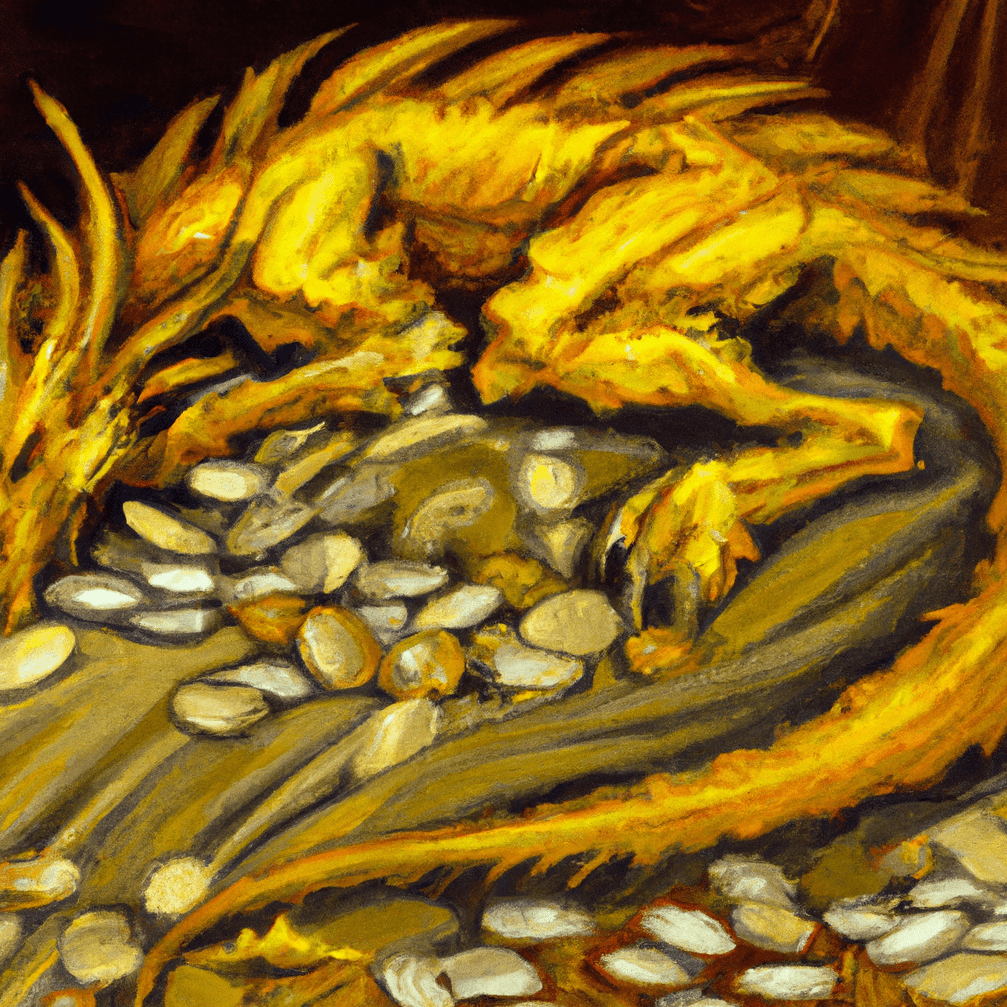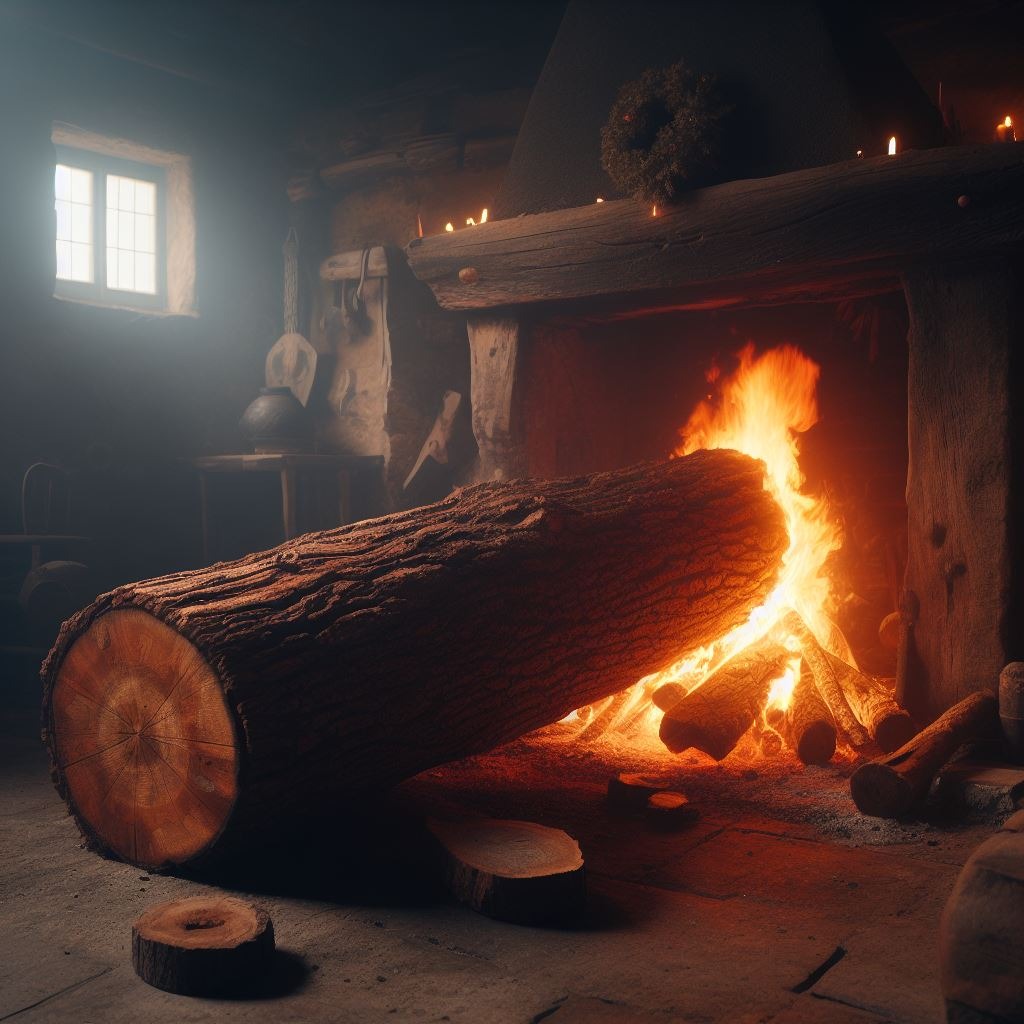Ravens of Norse Mythology: Mysteries of Hugin and Munin
Norse mythology is replete with fascinating characters, tales of gods and giants, and mystical creatures. Among these, two enigmatic ravens, Hugin and Munin, hold a unique place. Their role as Odin's loyal companions adds depth to the rich tapestry of Norse mythology. In this article, we delve into the intriguing backstory of Hugin and Munin, Odin's feathered messengers, and explore their symbolic significance within the context of the ancient Norse belief system.

Hugin and Munin: Odin's Trusted Messengers
In Norse mythology, Odin, the Allfather and chief of the Aesir gods, ruled over Asgard, the realm of the gods. Odin's insatiable quest for knowledge and wisdom knew no bounds. To satisfy his unending curiosity and to stay well-informed about the affairs of the world, he had two raven companions - Hugin and Munin.
Hugin, whose name translates to "thought" or "mind," was the embodiment of Odin's intellectual pursuits. This raven was known to fly across the Nine Realms, observing and absorbing all that it saw. Upon its return to Odin, Hugin whispered in the god's ear, sharing the knowledge it had gained. This constant stream of information allowed Odin to make wise decisions, foresee future events, and maintain his position as the supreme deity.
Munin, whose name means "memory" or "mind," was the companion to Hugin. Munin's role was to collect not just knowledge but also to remember events, insights, and experiences. Munin's role was equally crucial as it helped Odin preserve knowledge for the long term. Munin's wisdom ensured that Odin could call upon past experiences and knowledge to navigate the complex tapestry of fate and destiny.
Symbolism of Ravens in Norse Mythology
Hugin and Munin represent more than just birds in a mythological tale; they hold profound symbolic significance in Norse culture. Hugin and Munin epitomize the dual nature of knowledge - thought and memory. Their roles mirror the cycle of learning, processing, and storing information, highlighting the importance of both aspects in acquiring wisdom and foresight.
These ravens represent Odin's insatiable thirst for wisdom and knowledge, qualities highly valued in Norse society. Odin's use of Hugin and Munin showcases his role as a god of wisdom and intellect. The constant journeys of Hugin and Munin connect Odin to the world of men and other beings, underlining the idea that even gods must remain connected to the mortal realm and aware of its latest events.
Ravens were also linked to the Valkyries, the female warriors who selected the souls of the fallen in battle to be taken to Valhalla, Odin's grand hall. These warrior women were said to have worn raven feather cloaks outside of the battlefield, and sometimes accompanied by ravens during their eternal duties. As a result, ravens were considered travelers between realms, solidifying the belief that they were Odin's eyes and ears.
Significance of Ravens for Ancient Vikings
Numerous Vikings held Odin, the most powerful of Norse deities, in deep reverence and worship. By extension, they regarded ravens as sacred creatures, primarily attributing them to Odin. This connection between ravens and Odin is visibly portrayed in countless depictions of the god accompanied by his two ravens, Hugin and Munin. As a result, these birds came to symbolize Odin's presence and divinity, becoming an integral part of Viking religious practices.
In Viking culture, the sight of a raven soaring above them, particularly during the heat of battle, was interpreted as a divine sign that Odin favored their cause, and victory would be theirs. If a raven was spotted during a sacrifice, or a blót, it was believed that the offering was accepted by the gods and that Odin himself was pleased. Beyond their association with Odin, ravens played multifaceted roles in the daily lives of the Vikings.
One of their roles was crucial to survival. The Vikings, in addition to their seafaring exploits, were skilled hunters and gatherers. As scavengers, ravens would shadow hunters in search of game, conveniently feasting on the leftovers. In turn, when a group of ravens circled a particular area, it was a signal for Viking hunters, leading them to potential prey. This mutual dependency forged a deep bond, rooted in the symbiotic relationship between the two species.

Even during their perilous sea voyages, the Vikings relied on the wisdom of these intelligent birds. When a raven was spotted soaring above the ship, it signaled that land was nearby. This was an invaluable beacon of hope for the sailors, as they interpreted it as Odin himself guiding them through treacherous waters to the safety of solid ground.
In the intricate web of Norse mythology and daily life, ravens emerged as both a divine symbol and a pragmatic ally, offering the Vikings a spiritual connection to their chief deity, Odin, and practical assistance in their earthly endeavors. The presence of these magnificent birds in Viking culture underscores the intricate interplay between nature, spirituality, and the practicalities of life in this fascinating ancient civilization.
Hugin and Munin, the faithful ravens of Odin, are more than mere messengers in Norse mythology. They serve as profound symbols of knowledge, memory, and the eternal quest for wisdom. These mystical birds, through their daily flights and their connection to the Allfather, demonstrate the Norse belief in the interconnectedness of the realms and the importance of thought and memory in shaping the destiny of both gods and men. Hugin and Munin stand as enduring symbols of the rich cultural heritage and the deep philosophical underpinnings of the Viking Age.


